

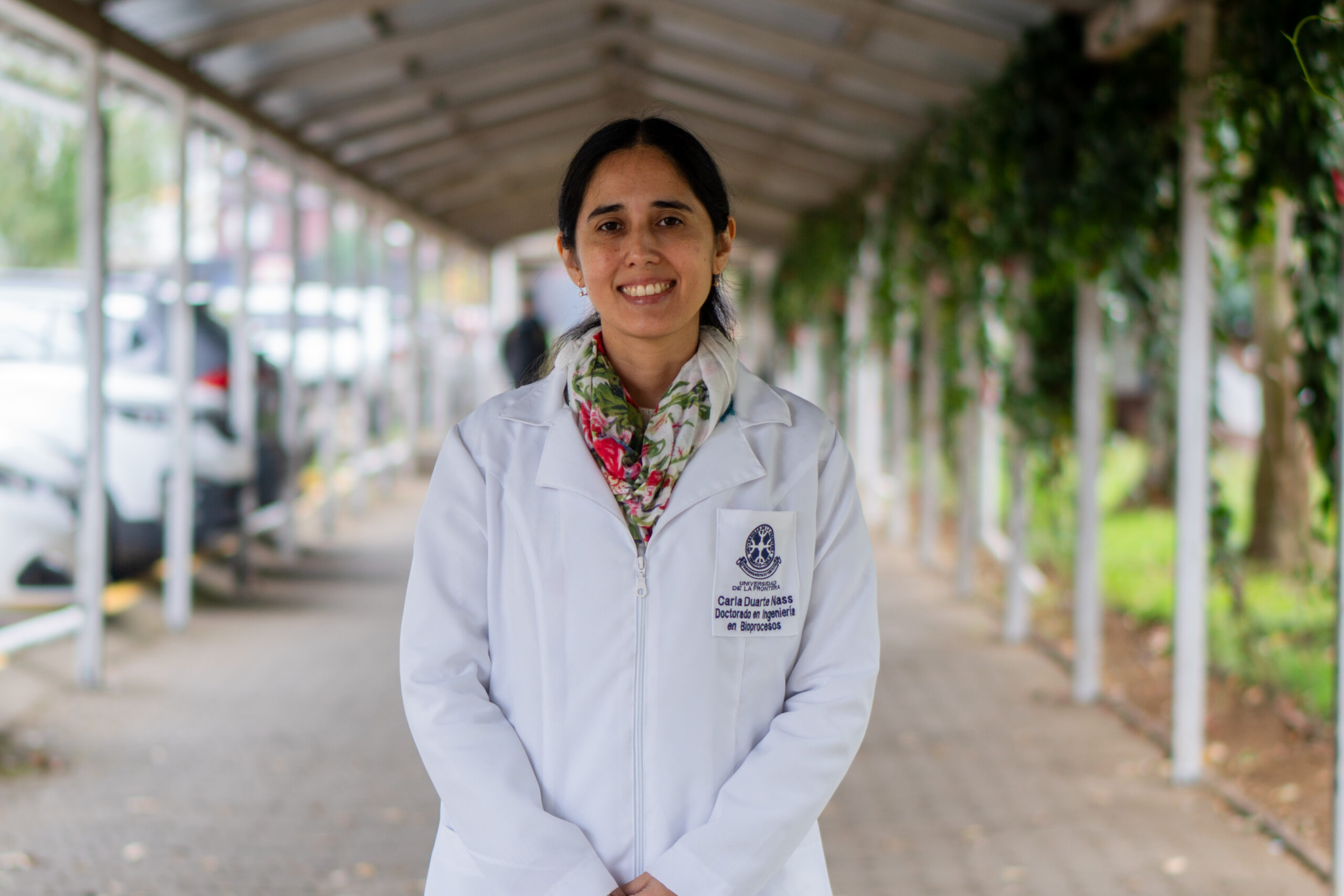
DRA. CARLA ALEJANDRA DUARTE NASS
Cohorte 2015
Ing. Civil Industrial mención Bioprocesos, UFRO
Magíster en Ciencias de la Ingeniería mención Biotecnología, UFRO
Doctora en Ciencias de la Ingeniería mención Bioprocesos
carla.duarte@ufrontera.cl
Dr. Gustavo Ciudad
Tesis en el sector productivo, CONICYT
Precipitation of copper from mining wastewater through microbial induced carbonate precipitation (MICP) process
Mining activities generate a series of metal containing wastes that if not handled properly, can represent a serious environmental risk. One of those risks is heavy metal pollution of soil and water. During the last years, biological processes have been proposed and developed for heavy metals removal.
MICP is a biological process that may represent an alternative for metal precipitation. It uses ureolytic pathway: bacteria catalyses urea hydrolysis into carbonate and ammonium, leading to the alkalinisation of the environment, favouring the binding of calcium and carbonate, and further calcite precipitation. When heavy metals are present, a competitive precipitation occurs between this heavy metals and Ca2+, enabling carbonate metals recovery from wastewater. The MICP process has a double beneficial effect, since not only wastewater is remediated by the removal of the metals, but also these metals are effectively sequestered as mineral precipitates for long periods. Several factors govern MICP process, such as bacteria type, pH, temperature, urea and Ca2+ concentrations, and nucleation sites. Several microorganisms presenting high levels of urease activity have been identified, such as Sporosarcina pasteurii, an some of them have been isolated from contaminated soils in mining areas, and present resistance to heavy metals. The goal of this thesis is to evaluate the technological feasibility of MICP process for bio-precipitation of heavy metals from mining wastewaters. For that purpose, several microbial strains with ureolytic capacity will be studied.
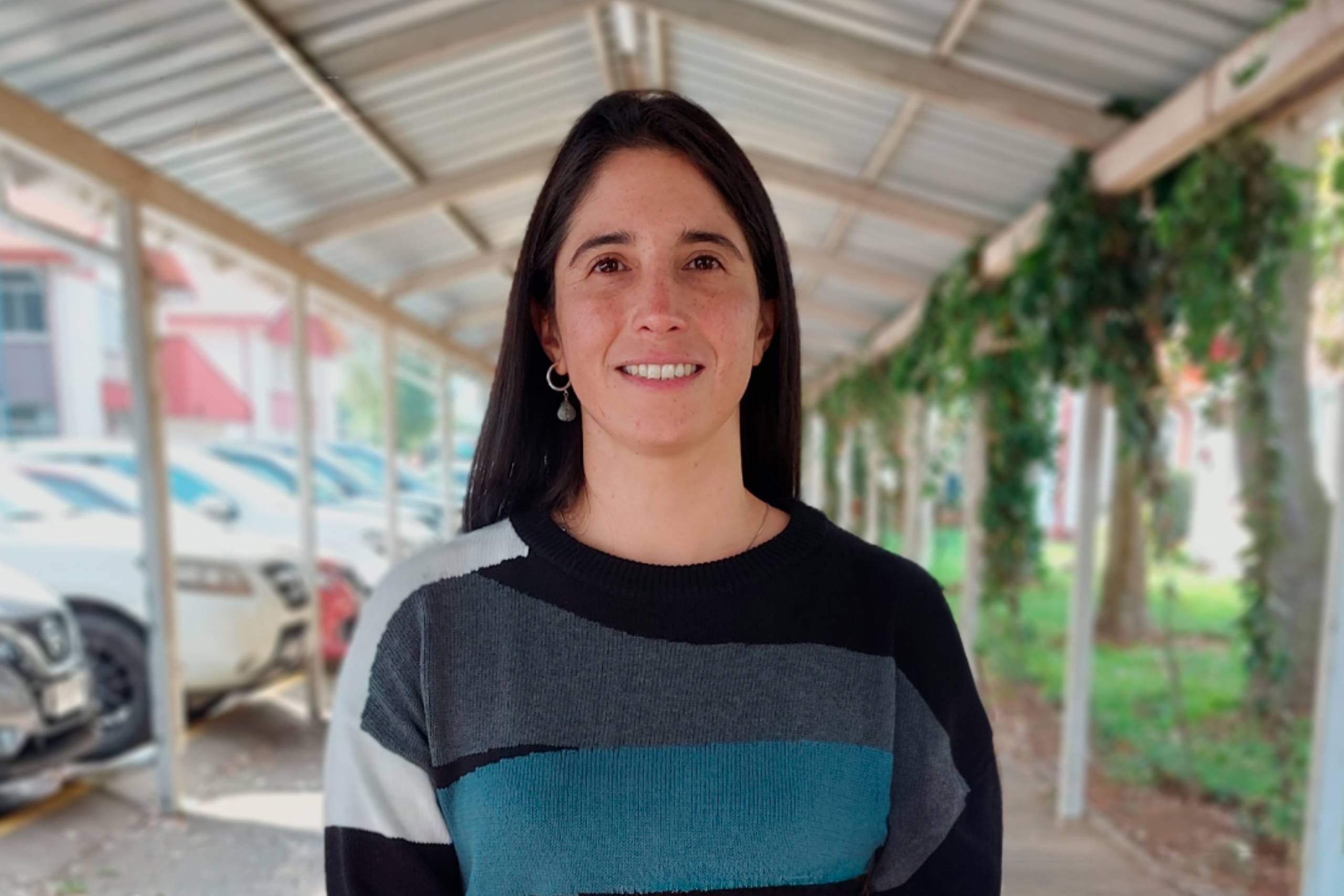
DRA. FERNANDA EMILIA PINTO IBIETA
Cohorte 2016
Ing. Civil Ambiental, UCT
Magíster en Ciencias de la Ingeniería mención Biotecnología, UFRO
Doctora en Ciencias de la Ingeniería mención Bioprocesos
fernanda.pinto@ufrontera.cl
Prof. Guía: Dra. Mara Cea
Prof. Co-Guía: Dr. Gustavo Ciudad
Doctorado Nacional, CONICYT
Biological co-production of levulinic and adipic acid with polyhydroxyalkanoates by using mixed microbial cultures fed with synthetic hemicellulose hydrolysate.
Lignocellulosic compounds use involves the biomass fractionation into their respective components; Lignin, cellulosa and hemicellulose. In most cases only glucose is used. A lignocellulosic biorefinery, where all components of this biomass are harnessed, is a good opportunity for the use of this resource. Pentoses are the mainly component of hemicellulose, which could be used as food for microorganisms that produce polyhydroxyalkanoates (PHAs), hydrocarbons that could replace petrochemical plastics since have similars characteristics. PHAs are accumulated by many microorganisms as a energy source. PHA accumulation is produced, if microorganisms are under stres condition. The use of sequential batch reactors (SBR) has been used to obtain PHA producer microorganisms. This work proposes the study of hemicellulose rich effluents as food for PHA accumulator microorganisms obtained from wastewater treatment plants.
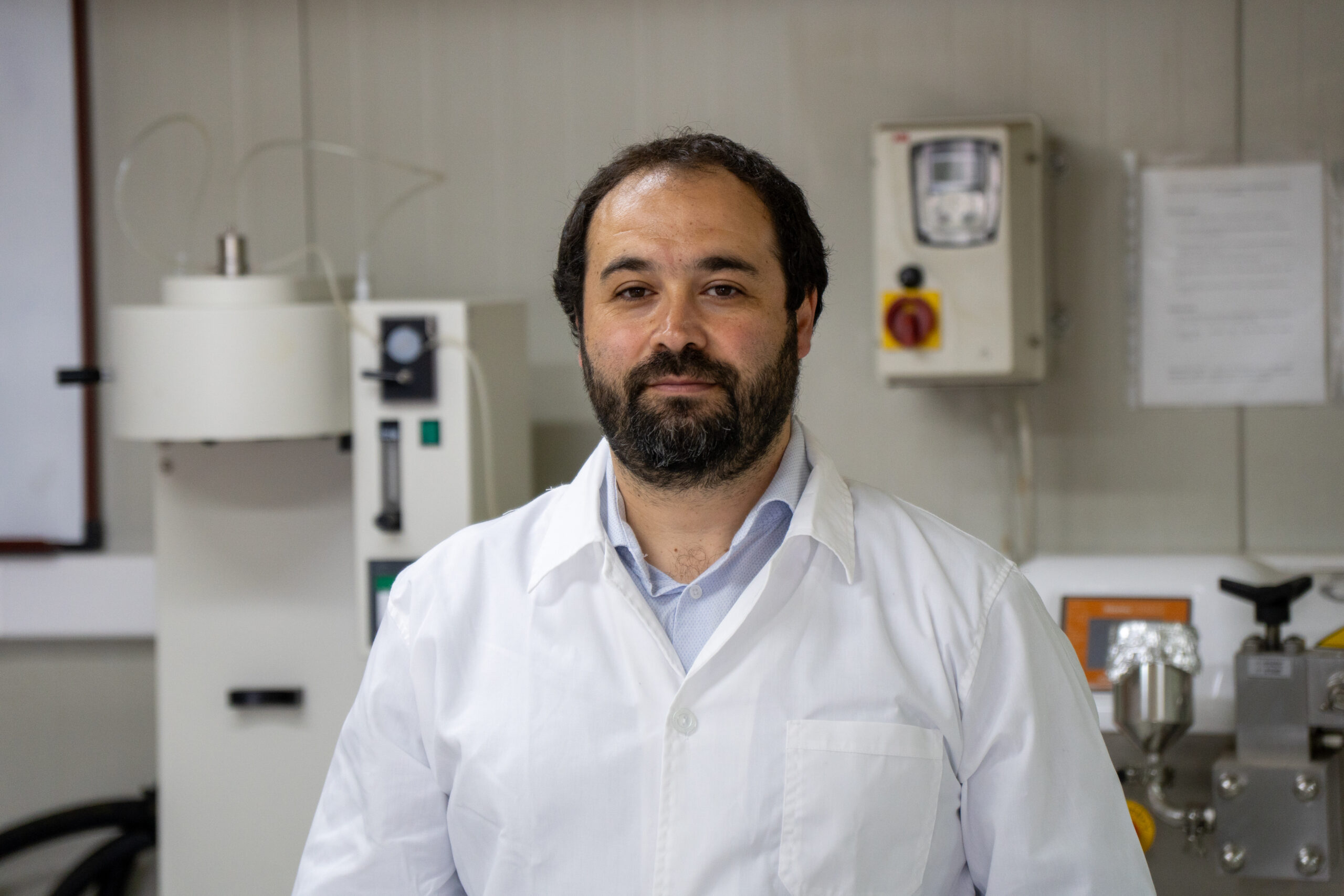
DR. EDUARDO ENRIQUE MORALES ANTONIO
Cohorte 2016
Ing. Alimentos, UFRO
Magíster en Ciencias de la Ingeniería mención Biotecnología, UFRO
Doctor en Ciencias de la Ingeniería mención Bioprocesos
eduardo.morales@ufrontera.cl
Dra. Mónica Rubilar
Tesis en el sector productivo, CONICYT
Development of oil-in-water multilayer emulsion as an effective encapsulation systems of astaxanthin
The applications of astaxanthin in different food formulations are limited due to its poor water solubility, susceptibility to oxidants, light and heat, resulting in poor quality products with reduced health promoting properties. Therefore, the free astaxanthin requires carriers and forms of protection from chemical damage or modification, before it can be used in functional foods. Multilayer emulsions seem to be much more advantageous and promising to develop encapsulation and delivery system of bioactive lipophilic compounds, compared with conventional emulsions, during spray-drying process. Consequently, the main purpose of the study is to develop a powder O/W multilayer emulsions as an effective encapsulation systems of astaxanthin to use as a functional ingredient for formulating a food beverage. The results obtained from this research proposal will provide a better understanding of food beverage applications of the powder ingredient based on astaxanthin enriched multilayer emulsion stabilized by ionic biopolymers.
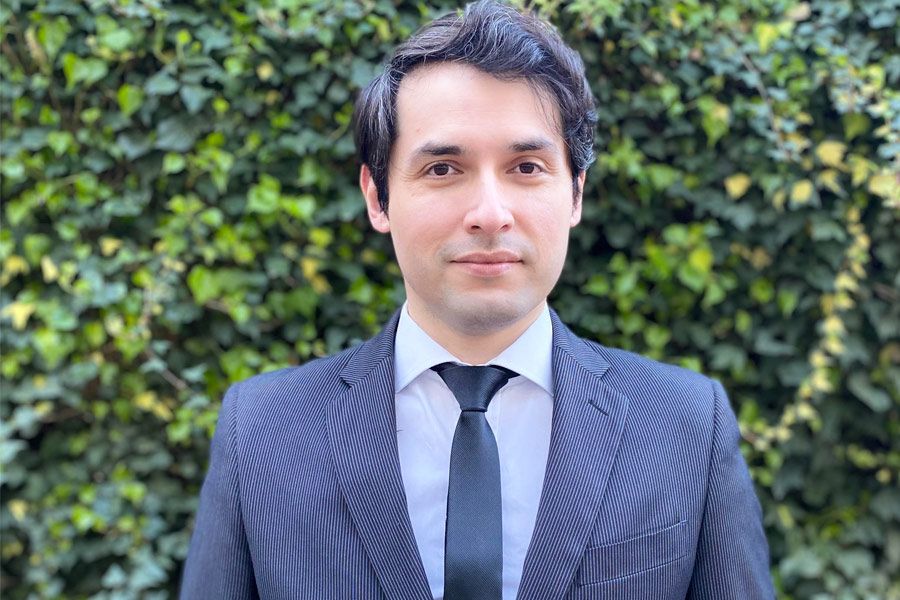
DR. CLAUDIO ANTONIO ALARCÓN GARCÍA
Cohorte 2017
Ing. Civil Electrónico, UFRO
Magíster en Ciencias de la Ingeniería mención Ing. Eléctrica, UFRO
claudio.alarcon@uct.cl
Dra. Carolina Shene
Doctorado Nacional, ANID
Design and implementation of a biomass growth-rate control strategy for the fed-batch culturing of Thraustochytrids.
Thraustochytrids are the primary source of long-chain omega-3 fatty acids that lead to their accumulation in marine organisms. Thraustochytrids have been successfully used in the biotechnological production of EPA/DHA-rich lipids at the industrial scale. Operational conditions need to be defined based on the target product. The feeding rate needs to be controlled during the culture process. In general, for oleaginous microorganism cell growth and lipid accumulation do not occur simultaneously. For this reason, the specific growth rate could be suggested as the variable to be controlled in the fed-batch culturing of thraustochytrids. Nevertheless, the specific set points have to be determined. The specific growth-rate is a response of the cells to the culture conditions and can be used to monitor the effect of the substrates supplied. The specific problem addressed by this research proposal is nonexistence of real-time growth-rate sensors and controllers for the biomass growth-rate. The proposed solution to the problem presented above is to design a growth-rate softsensor for the subsequent design of a growth rate controller. The softsensor for the specific growth-rate will consist of an actuator over the oxygen supply and a dissolved oxygen sensor. Parameters of the softsensor will be fitted using experimental tests. The results obtained will be validated with the experimentally measured biomass concentration. In a monitored culture, after the first turn-off-turn-on test, for every test, a value of the specific growth-rate will be obtained. For the second objective, the manipulated variable will be the feeding rate. The controller will be designed and tested as a P, PI, or Predictive controller. The best controller will be selected with the criteria of absolute error value over time.
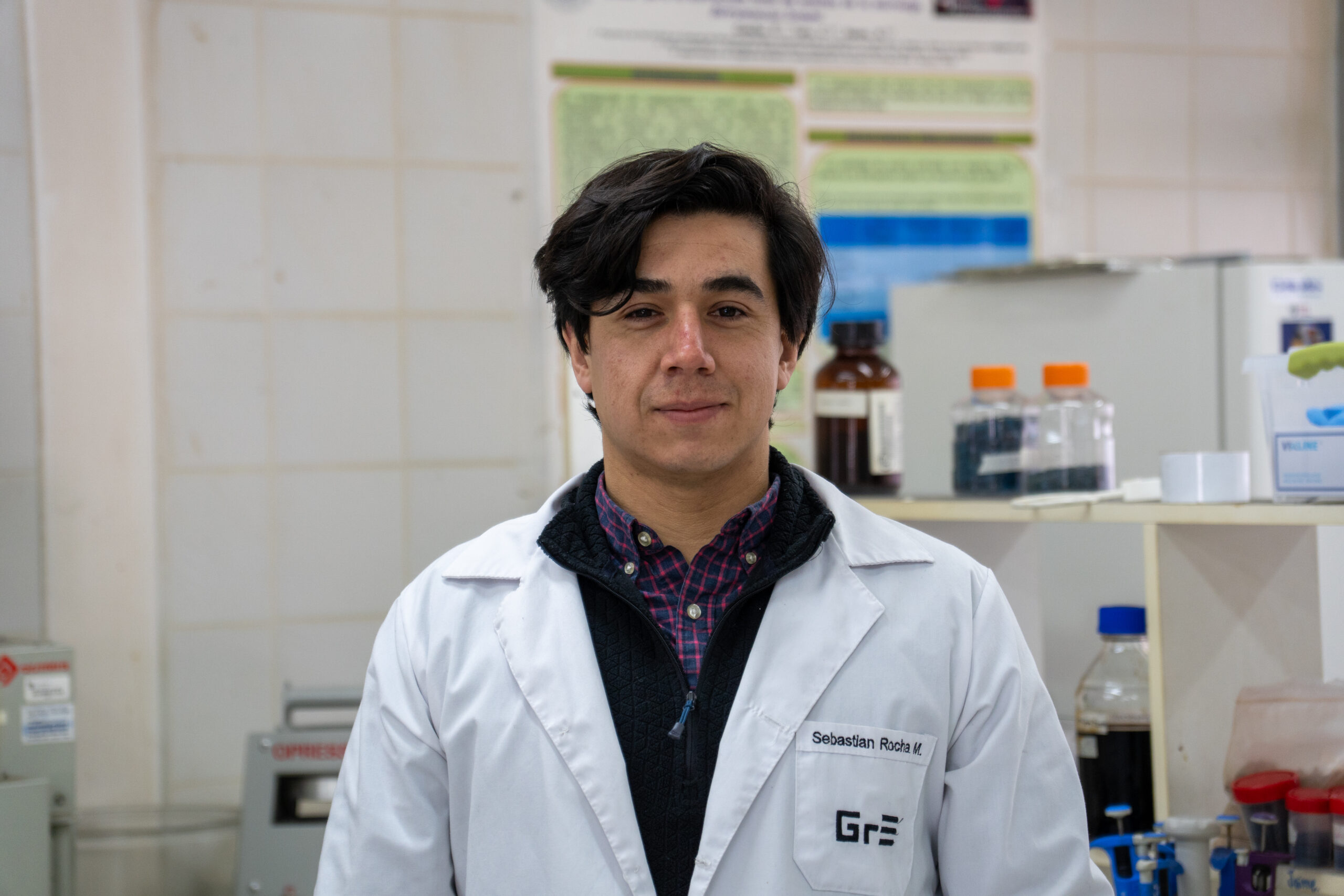
DR. SEBASTIÁN ANDRÉS ROCHA MELLA
Cohorte 2017
Ing. Civil en Biotecnología, UFRO
s.rocha01@ufromail.cl
Dra. Mara Cea
Doctorado Nacional, ANID
Evaluation of 5-hydroxymethylfurfural synthesis in sugar beet molasses by microwave-assisted hydrothermal treatment and its use as raw material for biosynthesis of 2,5-furandicarboxylic acid by bacterial activity.
One of the main side streams of sugar industry is molasses, whose high content of sugars and high availability make it suitable for the synthesis of 5-hydroxymethylfurfural (HMF). In recent years, more sustainable technologies for thermal processing of carbohydrate-rich biomass have been proposed, like microwave-assisted hydrothermal treatment. On the other hand, 2,5- furandicarboxylic acid (FDCA), a derivative of HMF, is a chemical considered key to the development of a sustainable future given its potential as a replacement for terephthalic acid in polyethylene terephthalate (PET) production. However, analogous to HMF, the conventional synthesis of FDCA requires the use of high temperatures, pressure and methodologies that usually require contaminating compounds. This leads us to look for new methods of synthesis of FDCA that require less energy and are sustainable. This work aims to evaluate the synthesis of 5-hydroxymethylfurfural in sugar beet molasses by microwave-assisted hydrothermally treatment and its use as raw material for biosynthesis of 2,5-furandicarboxylic acid by bacterial activity. To achieve this, residual molasses from the national sugar industry (IANSA) will be used so that the sugars are dehydrated and the molasses is enriched in HMF. After previous conditioning, use the hydrothermally treated molasses as part of the culture medium of C. basilensis in batch regime and that, through bacterial activity, the HMF dissolved in the medium is transformed into FDCA. In addition, it will be studied how the composition of this by-product affects the kinetics of dehydration of sugars to HMF.
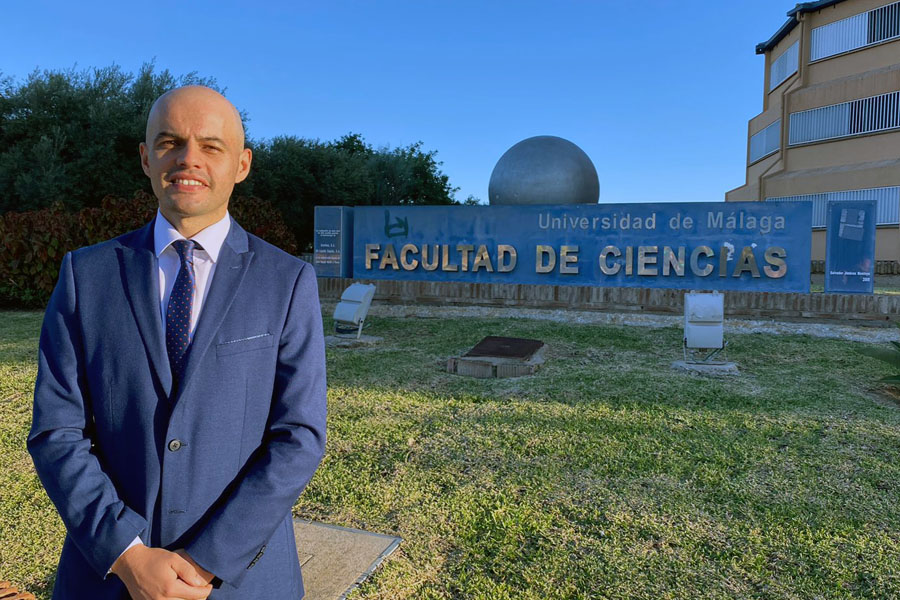
DR. PABLO ANDRÉS CASTRO VARELA
Cohorte 2018
Ingeniero en Biotecnología Marina y Acuicultura, Universidad de Concepción
Magíster en Ciencias mención Botánica, Universidad de Concepción
p.castro07@ufromail.cl
Dra. Mónica Rubilar
Doctorado Nacional, ANID
Development of a food ingredient based on microencapsulated R- phycoerythrin pigment from macroalgae Gigartina skottsbergii (Rhodophyta)
The global demand for natural colorants is growing in the food industry, to date, the only red pigment of natural origin is obtained from an insect, the carmine (cochineal extract). Macroalgae are currently used extensively in the pharmaceutical, cosmetics and food industries. In Chile. The initiative of this work is to develop specialized microencapsulated additives, containing phycoerythrin, a phycobilinic pigment that accumulate the red-color of macroalgae, which is hydrophilic and protein-based with proven antioxidant activity. The technological development focuses on determine the influence of the hydrolysis factors, in addition to separation techniques (ultrafiltration) that allow to ensure and reproduce an optimal phycoerythrin extraction process through the response surface methodology. The technological development is expected to be incorporated into the model of biorefinery algal process at the Chilean company Gelymar S.A. (Puerto Montt, Chile), as an experimental strategy to recover the pigment prior to extractive stages of carregenin, an ingredient with emulsifying properties used in the cosmetics and food industry. Finally, it is expected to have an innovative and sustainable optimal technology, oriented to the development of new healthy ingredients, suitable for human consumption.
Universidad de La Frontera
Avenida Francisco Salazar 01145Temuco - Chile
Casilla 54-D
Fono: (56) 45 232 5000 - FAX: (56) 45 2592822